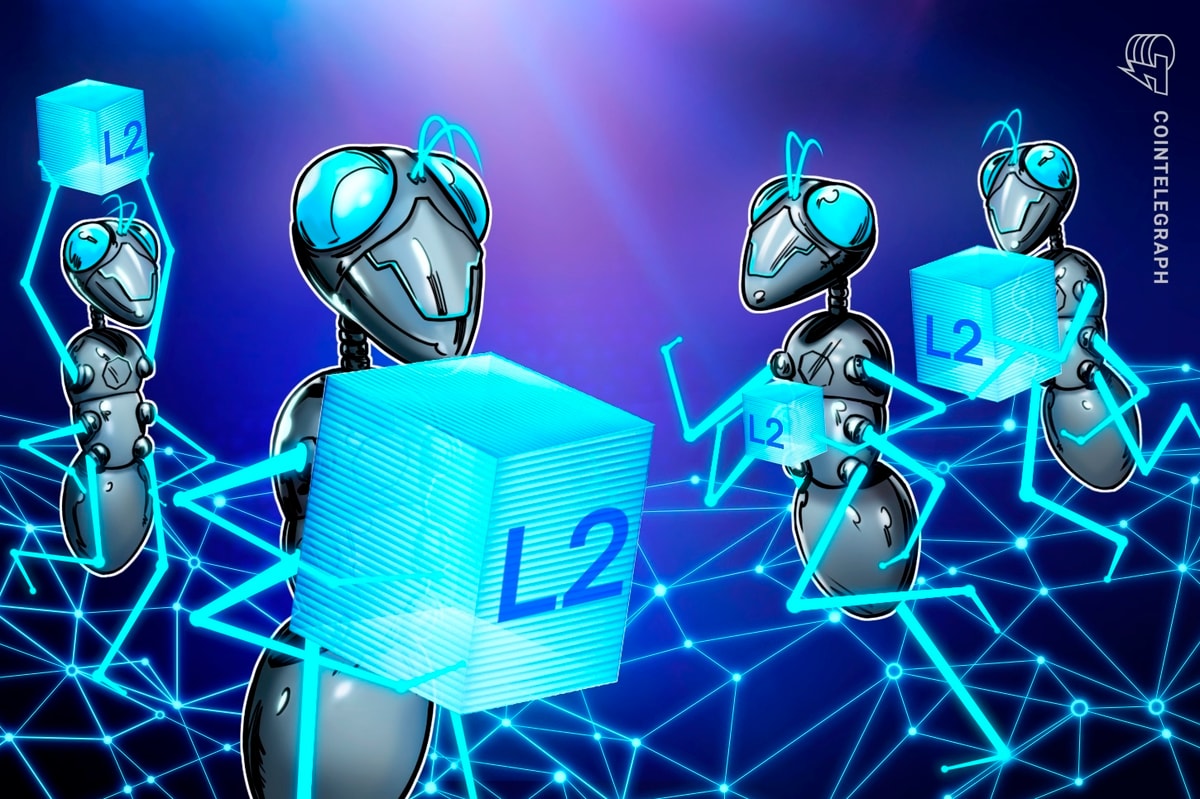While Cronje highlights concerns about L2 appchains, others argue that emerging solutions can address these challenges.
News
Andre Cronje, the co-founder of Sonic Labs, has critiqued layer-2 (L2) appchains, claiming they are impractical for builders.
In an Oct. 13 X post, Cronje raised concerns about high infrastructure costs, fragmented liquidity and insufficient support for developers. He suggested these challenges hinder the widespread adoption of appchains.
Appchains are customized blockchains designed to meet the specific needs of decentralized applications (DApps) or a particular set of functions.
Source: Andre Cronje
Cost and support: Cronje vs. Hilmar
Cronje’s main criticism was the high cost of deploying and maintaining appchains. He said that infrastructure expenses, such as regulatory compliance and oracles, quickly accumulate.
He shared that his team’s infrastructure expenses have already reached $14 million this year. He noted that many of these recurring expenses make it difficult for developers to focus on their core applications and users.
Related: Fantom price gains 70% in 30 days — What’s driving FTM?
Hilmar Orth, the founder of Gelato Network, disagreed with Cronje’s assessment. Orth argued that the necessary infrastructure is now easily accessible through rollup-as-a-service providers (RaaS).
Orth stated that developers no longer need to build infrastructure from scratch, pointing to existing support from framework teams and RaaS providers. He countered Cronje’s concern about isolation, saying that support for appchains is readily available.
Source: Hilmar
Liquidity and security: Cronje vs. Boiron
Cronje also raised concerns surrounding liquidity fragmentation in appchains, claiming that liquidity is forced onto bridges, which are “centralized and open to attack.”
Marc Boiron, CEO of Polygon Labs, presented the AggLayer as a solution that could resolve many of these liquidity issues by creating an interoperable network of appchains.
Related: Sonic blockchain reaches record 720ms finality in testnet phase
Boiron’s stance reflected an optimistic view for appchain liquidity management if made fungible across multiple chains to reduce fragmentation risks effectively.
Orth echoed this optimism, asserting that rollups already come with built-in bridges and market makers and that “faster zk proofs” optimize the movement of funds.
Source: Marc Boiron
Community and network effects debate
Cronje also stated that L2s, as appchains, have “no community of users or builders,” diminishing the network effects necessary for appchains to thrive.
Boiron disagreed, saying that community and network effects are alive and well, adding that “so many frens” are contributing to the AggLayer as community members to “help grow the pie.”
Related: Real-world asset tokenization is the crypto killer app — Polygon exec
Hilmar also refuted both Cronje’s and Boiron’s community statements. He said that builders often “compete against each other for users and are not frens. That’s the reality.”
The ongoing debate between Cronje, Orth and Boiron continues to gain attention on X, highlighting the division of opinions on L2s as appchains.
Magazine: 10 crypto theories that missed as badly as ‘Peter Todd is Satoshi’
This article first appeared at Cointelegraph.com News

